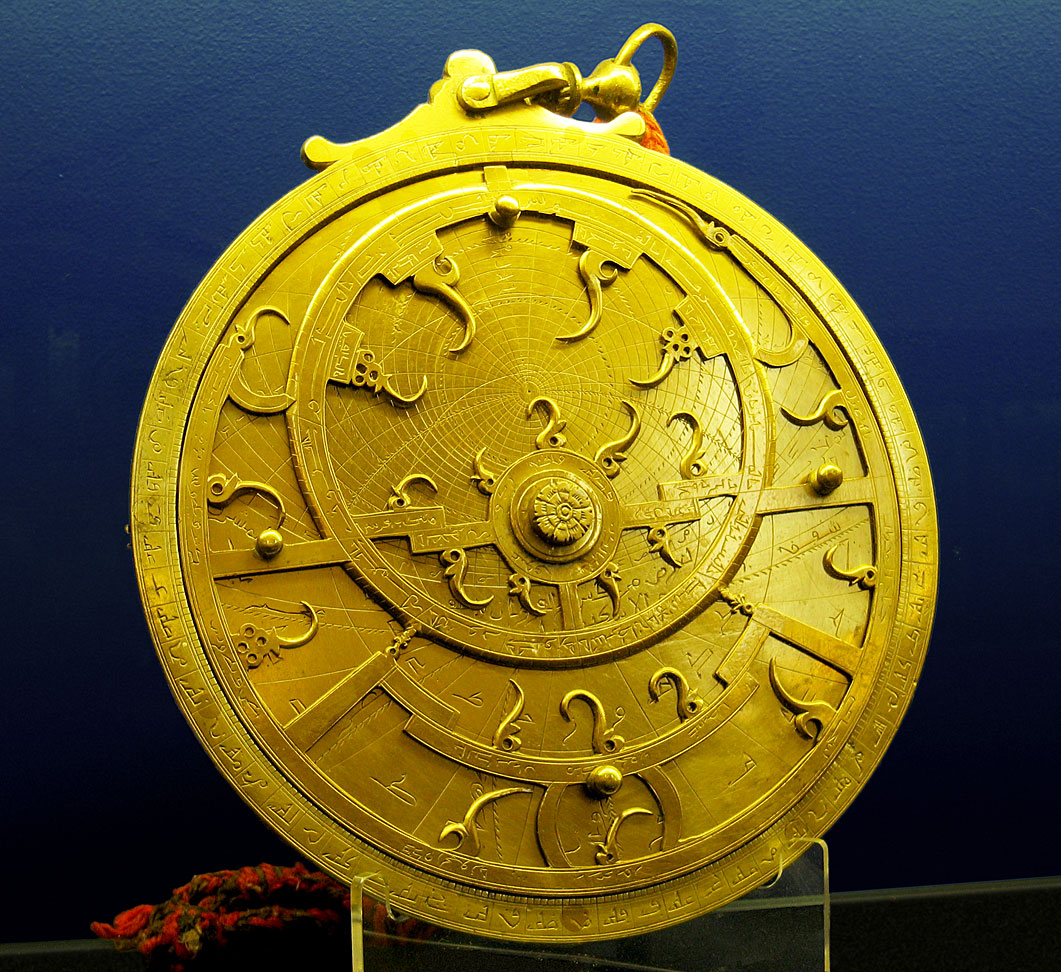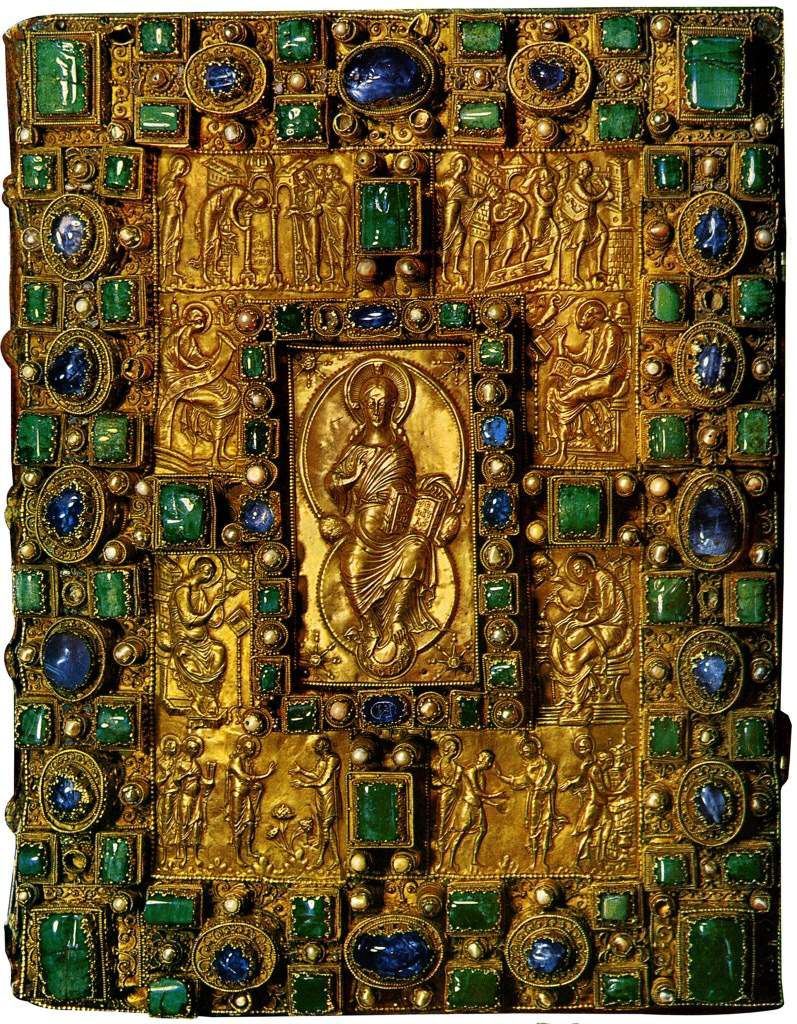|
Astronomy In Medieval Islam
Medieval Islamic astronomy comprises the Astronomy, astronomical developments made in the Islamic world, particularly during the Islamic Golden Age (9th–13th centuries), and mostly written in the Arabic language. These developments mostly took place in the Middle East, Central Asia, Al-Andalus, and North Africa, and later in the Far East and History of India, India. It closely parallels the genesis of other Islamic sciences in its assimilation of foreign material and the amalgamation of the disparate elements of that material to create a science with Islamic characteristics. These included Greek astronomy, Greek, Sassanid Empire, Sassanid, and Indian astronomy, Indian works in particular, which were translated and built upon. Islamic astronomy played a significant role in the revival of ancient astronomy following the Dark Ages (historiography), loss of knowledge during the early medieval period, notably with the production of Middle Latin, Latin translations of Arabic works La ... [...More Info...] [...Related Items...] OR: [Wikipedia] [Google] [Baidu] |
Early Medieval Period
The Early Middle Ages (or early medieval period), sometimes controversially referred to as the Dark Ages, is typically regarded by historians as lasting from the late 5th to the 10th century. They marked the start of the Middle Ages of European history, following the decline of the Western Roman Empire, and preceding the High Middle Ages ( 11th to 14th centuries). The alternative term ''late antiquity'', for the early part of the period, emphasizes elements of continuity with the Roman Empire, while ''Early Middle Ages'' is used to emphasize developments characteristic of the earlier medieval period. The period saw a continuation of trends evident since late classical antiquity, including population decline, especially in urban centres, a decline of trade, a small rise in average temperatures in the North Atlantic region and increased migration. In the 19th century the Early Middle Ages were often labelled the ''Dark Ages'', a characterization based on the relative scarcity ... [...More Info...] [...Related Items...] OR: [Wikipedia] [Google] [Baidu] |
Astronomical
Astronomy is a natural science that studies celestial objects and the phenomena that occur in the cosmos. It uses mathematics, physics, and chemistry in order to explain their origin and their overall evolution. Objects of interest include planets, moons, stars, nebulae, galaxies, meteoroids, asteroids, and comets. Relevant phenomena include supernova explosions, gamma ray bursts, quasars, blazars, pulsars, and cosmic microwave background radiation. More generally, astronomy studies everything that originates beyond Earth's atmosphere. Cosmology is a branch of astronomy that studies the universe as a whole. Astronomy is one of the oldest natural sciences. The early civilizations in recorded history made methodical observations of the night sky. These include the Egyptians, Babylonians, Greeks, Indians, Chinese, Maya, and many ancient indigenous peoples of the Americas. In the past, astronomy included disciplines as diverse as astrometry, celestial naviga ... [...More Info...] [...Related Items...] OR: [Wikipedia] [Google] [Baidu] |
Ancient Greek Astronomy
Ancient Greek astronomy is the astronomy written in the Greek language during classical antiquity. Greek astronomy is understood to include the Ancient Greece, Ancient Greek, Hellenistic period, Hellenistic, Roman Empire, Greco-Roman, and Late antiquity, late antique eras. Ancient Greek astronomy can be divided into three phases, with ''Classical Greek astronomy'' being practiced during the 5th and 4th centuries BC, ''Hellenistic period, Hellenistic astronomy'' from the 3rd century BC until the formation of the Roman Empire in the late 1st century BC, and ''Greco-Roman astronomy'' continuing the tradition in the Roman world. During the Hellenistic era and onwards, Greek astronomy expanded beyond the geographic region of Greece as the Greek language had become the language of scholarship throughout the Hellenistic world, in large part delimited by the boundaries of the Macedonian Empire established by Alexander the Great. The most prominent and influential practitione ... [...More Info...] [...Related Items...] OR: [Wikipedia] [Google] [Baidu] |
Babylonian Astronomy
Babylonian astronomy was the study or recording of celestial objects during the early history of Mesopotamia. The numeral system used, sexagesimal, was based on 60, as opposed to ten in the modern decimal system. This system simplified the calculating and recording of unusually great and small numbers. During the 8th and 7th centuries BC, Babylonian astronomers developed a new empirical approach to astronomy. They began studying and recording their belief system and philosophies dealing with an ideal nature of the universe and began employing an internal logic within their predictive planetary systems. This was an important contribution to astronomy and the philosophy of science, and some modern scholars have thus referred to this approach as a scientific revolution. This approach to astronomy was adopted and further developed in Greek and Hellenistic astrology. Classical Greek and Latin sources frequently use the term Chaldeans for the philosophers, who were cons ... [...More Info...] [...Related Items...] OR: [Wikipedia] [Google] [Baidu] |
Ahmad Dallal
Ahmad S. Dallal () is a scholar of Islamic studies and an academic administrator. He is the current president of The American University in Cairo. Biography Dallal received his bachelor's degree in engineering from the American University of Beirut. He worked in the aviation industry before earning his master's and doctorate from Columbia University. Dallal taught at Stanford University, Yale University, and Smith College before joining the Georgetown University faculty, where he was an associate professor of Arabic and Islamic studies and Chair of Georgetown's Arabic and Islamic Studies department. His research focused on the history of learning and the history of sciences in Islamic societies as well as Islamic thoughts and movements. He delivered the Dwight H. Terry Lectureship at Yale University in 2008, titled ''Islam, Science, and the Challenge of History''. Dallal served as the provost of the American University of Beirut from 2009 to 2015 before returning to teach his ... [...More Info...] [...Related Items...] OR: [Wikipedia] [Google] [Baidu] |
List Of Arabic Star Names
This is a list of Arabic star names. In Western astronomy, most of the accepted star names are Arabic, a few are Greek language, Greek and some are of unknown origin. Typically only bright stars have names. History of Arabic star names Very old star names originated among people who lived in the Arabian Peninsula more than a thousand years ago, after the rise of Islam. However, some Arabic language star names sprang up later in history, as translations of ancient Greek language descriptions. The astronomer Ptolemy, Claudius Ptolemy in his ''Almagest'' (2nd century) tabulated the celestial position and brightness (visual magnitude) of 1,025 stars. Ptolemy's book was translated into Arabic in the 8th and 9th centuries and became famous in Europe as a 12th-century Latin translation. Many of the Arabic-language star descriptions in the ''Almagest'' came to be widely used as names for stars. Ptolemy used a strategy of "figure reference" to identify stars according to their position ... [...More Info...] [...Related Items...] OR: [Wikipedia] [Google] [Baidu] |
Nadir (astronomy)
The nadir is the direction pointing directly ''below'' a particular location; that is, it is one of two vertical directions at a specified location, orthogonal to a horizontal flat surface. The direction opposite of the nadir is the zenith. Etymology Although it entered English via other European languages, the word “nadir” is ultimately an Arabic loanword. It comes from the Arabic word “nazir”, meaning “opposite to”. More specifically, it originated from the Arabic phrase “nazir as-samt”, meaning “ heopposite direction”. Hebrew (whether ancient or modern) is a related language to Arabic, as they are both Semitic languages. Hebrew also has a word “nadir” (נדיר), but with a somewhat different meaning: it is an adjective meaning “rare”. However, the same word also has a specialized usage to match its meaning in other languages like English. Definitions Space science Since the concept of ''being below'' is itself somewhat vague, scientists define ... [...More Info...] [...Related Items...] OR: [Wikipedia] [Google] [Baidu] |
Azimuth
An azimuth (; from ) is the horizontal angle from a cardinal direction, most commonly north, in a local or observer-centric spherical coordinate system. Mathematically, the relative position vector from an observer ( origin) to a point of interest is projected perpendicularly onto a reference plane (the horizontal plane); the angle between the projected vector and a reference vector on the reference plane is called the azimuth. When used as a celestial coordinate, the azimuth is the horizontal direction of a star or other astronomical object in the sky. The star is the point of interest, the reference plane is the local area (e.g. a circular area with a 5 km radius at sea level) around an observer on Earth's surface, and the reference vector points to true north. The azimuth is the angle between the north vector and the star's vector on the horizontal plane. Azimuth is usually measured in degrees (°), in the positive range 0° to 360° or in the signed ... [...More Info...] [...Related Items...] OR: [Wikipedia] [Google] [Baidu] |
Alidade
An alidade () (archaic forms include alhidade, alhidad, alidad) or a turning board is a device that allows one to sight a distant object and use the line of sight to perform a task. This task can be, for example, to Triangulation (surveying), triangulate a scale map on site using a plane table drawing of intersecting lines in the direction of the object from two or more points or to measure the angle and horizontal distance to the object from some reference point's Polar coordinate system, polar measurement. Angles measured can be horizontal, vertical or in any chosen plane. The alidade sighting ruler was originally a part of many types of scientific and astronomical instrument. At one time, some alidades, particularly using Graduation (instrument), circular graduations as on astrolabes, were also called ''diopters''. With modern technology, the name is applied to complete instruments such as the 'plane table alidade'. Origins The word in Arabic (, , ), signifies the same de ... [...More Info...] [...Related Items...] OR: [Wikipedia] [Google] [Baidu] |
Deneb
Deneb () is a blue supergiant star in the constellation of Cygnus. It is the brightest star in the constellation and the 19th brightest in the night sky, with an apparent magnitude slightly varying between +1.21 and +1.29. Deneb is one of the vertices of the asterism known as the Summer Triangle and the "head" of the Northern Cross. Its Bayer designation is α Cygni, which is Latinised to Alpha Cygni, abbreviated to Alpha Cyg or α Cyg. Deneb rivals Rigel, a closer blue supergiant, as the most luminous first-magnitude star. However, its distance, and hence luminosity, is poorly known; its luminosity is estimated to be between 55,000 and 196,000 times that of the Sun. Distance estimates range from 1,400 to 2,600 light-years; assuming its highest value, it is the farthest star with an apparent magnitude brighter than 2.50. Nomenclature ''α Cygni'' (Latinised to ''Alpha Cygni'') is the star's designation given by Johann Bayer in 1603. The traditional name ''De ... [...More Info...] [...Related Items...] OR: [Wikipedia] [Google] [Baidu] |
Altair
Altair is the brightest star in the constellation of Aquila (constellation), Aquila and the list of brightest stars, twelfth-brightest star in the night sky. It has the Bayer designation Alpha Aquilae, which is Latinisation of names, Latinised from α Aquilae and abbreviated Alpha Aql or α Aql. Altair is an A-type main-sequence star, A-type main-sequence star with an apparent visual magnitude of 0.77 and is one of the vertices of the Summer Triangle Asterism (astronomy), asterism; the other two vertices are marked by Deneb and Vega. It is located at a distance of from the Sun. Altair is currently in the G-cloud—a nearby interstellar cloud formed from an accumulation of gas and dust. Altair rotates rapidly, with a velocity at the equator of approximately 286 km/s.From values of ''v'' sin ''i'' and ''i'' in the second column of Table 1, Monnier et al. 2007. This is a significant fraction of the star's estimated breakup speed of 400 km/s. ... [...More Info...] [...Related Items...] OR: [Wikipedia] [Google] [Baidu] |







